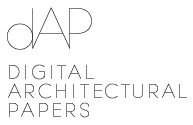Selected Topic
Issue 1 - After Crisis – Contemporary Architectural Conditions (Feb 2011)
Show articles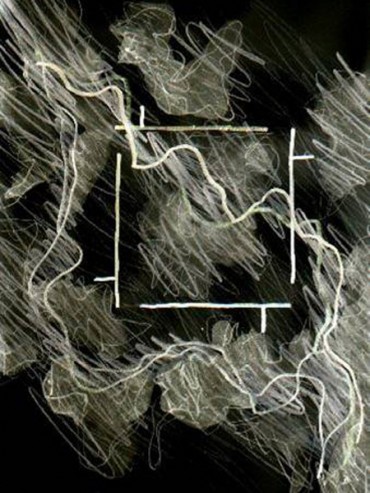
Groundfloor Plan: Four Girders, Piriebuy
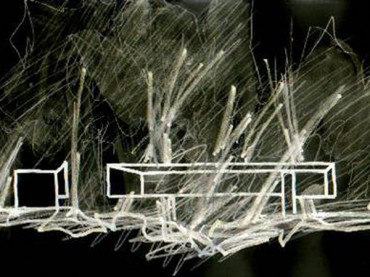
Section: Four Girders, Piriebuy
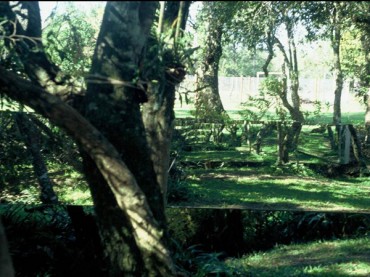
Foto: Four Girders, Piriebuy 2002

Foto: Four Girders, Piriebuy 2002

Foto: Four Girders, Piriebuy 2002
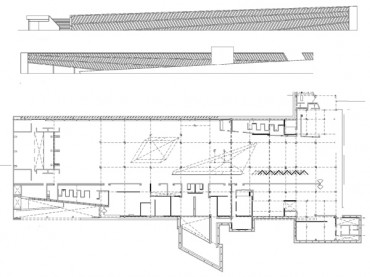
ndfloor Plan: Unilever, Villa Elisa 2001- 2002
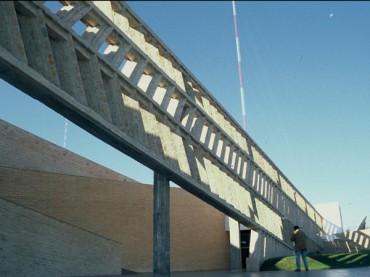
Foto: Unilever, Villa Elisa 2001- 2002
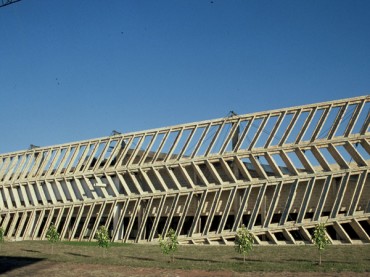
Foto: Unilever, Villa Elisa 2001- 2002
4.7.2012 – Issue 1 - After Crisis – Benitez Solano – Essays
FRAGMENTS OF A LETTER
by Solano Benitez, Gabinete de Arquitectura
Fragments of a letter
Imagine a square of 9,00 meters long in very particular landscape, two of the sides are bordered irregularly by a small creek, of 60cm wide, of crystalline waters and small falls, and crossing diagonally, a smaller stream creating a little island, disappearing afterwards, when the two steams rejoin.
This square is formed by four concrete beams held by one column. As you would imagine, due to humidity, the site is particularly vegetated and the beams intersect with the density of trees and big ferns without disturbing any of the species in the place, being named from the outside by this interlaced concrete structure.
In the outer face of every beam, amambay leaves, a very characteristic fern in these creeks, stamps its trace in the concrete and executed with the help of the maestro “Solanito”, my passionate eldest son. The inner face of the beams is covered with mirrors, making the space earlier described, disappears inside. In the inside of the square, dodging roots under the shadows of trees and filled with sounds of the streaming waters, lays a pit, also concrete, the tomb of my father.
I tackled this project systematically and periodically through the next 10 years following his death and abandoned it with the same frequency that emerge in me the need to tackle it again, fulfi lling this way the request of being buried in our country house, in Piribebuy at 84 kilometers of Asuncion, in a place named by him as “Los Pilinchos” a subsidiary of heaven.
The circumstance of dealing with the topic of death, and in particular of someone so dearly loved ,in the course time, make me go through every state of melancholy imaginable – as the only evidence of my inefficiency as an architect.
The access, crossing the signs of the beams, by the four interrupted spaces of the perimeter, makes the place disappear, thickening the air with a great centripetal force, where everything present becomes integrated, waiting for the moment in which someone sits by my father’s grave, moment in which every presence is taken in by the mirrors, with its infinite repetition of the space, now transforms it in a centrifugal integrator.
4 beams…. 4 columns…. 4 mirrors…. And a grave – although the concrete poetry to me is a refreshing novelty.
Four Girders, Piriebuy, Paraguay. Solano Benitez, 2002
Parallel chronicles... of contemporary heroes
The stories, those we tell or we are told – for a magical metamorphosis - become ours when we are able to remember them. Remembering allows a possession and a belonging to all that has happened and has been captured by our volatile interest. In a memorable story of the Paraguayan folklore lives a character called Peru Rimá Caso. It is told that in 1983, when the immigrant and ubiquitous Peru travelled to New York for psychotherapeutical reasons, he was lucky enough to have met and have as a chronicler of his misfortunes as a world citizen the famous Woody Allen. The American filmmaker portraited him in the most trustworthy way possible - maintaining him in a meticulously anonymity - in a documentary film entitled Zelig: The Human Chameleon. Zelig achieves fame by being endowed with unique characteristics, developing a physical capacity of ubiquity that transmutes the human chameleon as a poetic metaphor into a descriptive statement. He reaches the remarkable awareness that the best strategy for adapting is always, the use of this very resource.
The multinational enterprise Lever is one of the representative companies of this way of thinking, as different trade markets are infiltrated with the presentation of varied products. Rehearsing in different places, with specific products and new alternatives that are at the same time competitors, the continuity or disappearance of any one of them depends on how much the product adapts to foster a market.
Research for its headquarters centered on this idea of changeability and how to produce façade panels at an economical price. The project grew out of an architecture competition based on the criteria of project and price for the rehabilitation of a section of a derelict factory as the corporation headquarters.
Given the heat in Paraguay with 45 to 47 °C daily at this latitude, creating shade is a big issue, and to do this with the traditional techniques of brick building would have made the proposal unfeasible. So we had to develop a system of prefabricated ceramic panels, using the ground and gravity as allies. Once we got the panels, we devised a sequence in which they were to be installed, with the same logic used for building bridges, making each part once erected support the next.
This approach, looking at the materials as matter, enabled us to image new forms with the parts we already had, regardless of standard protocols. It ensured the new techniques will be able to respond to new stresses never achieved before in traditional building.
Unilever. Villa Elisa, Paraguay. Solano Benitez & Gabinete de Arquitectura, 2001- 2002italic
Download article as PDF
